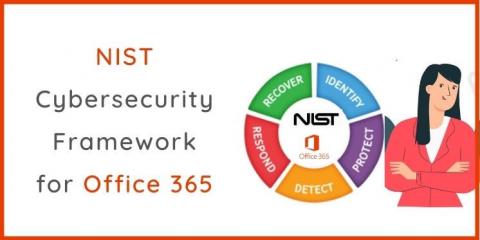Automated Security Testing for Developers
Today, more than ever before, development organizations are focusing their efforts on reducing the amount of time it takes to develop and deliver software applications. While this increase in velocity provides significant benefits for the end users and the business, it does complicate the process for testing and verifying the function and security of a release.









